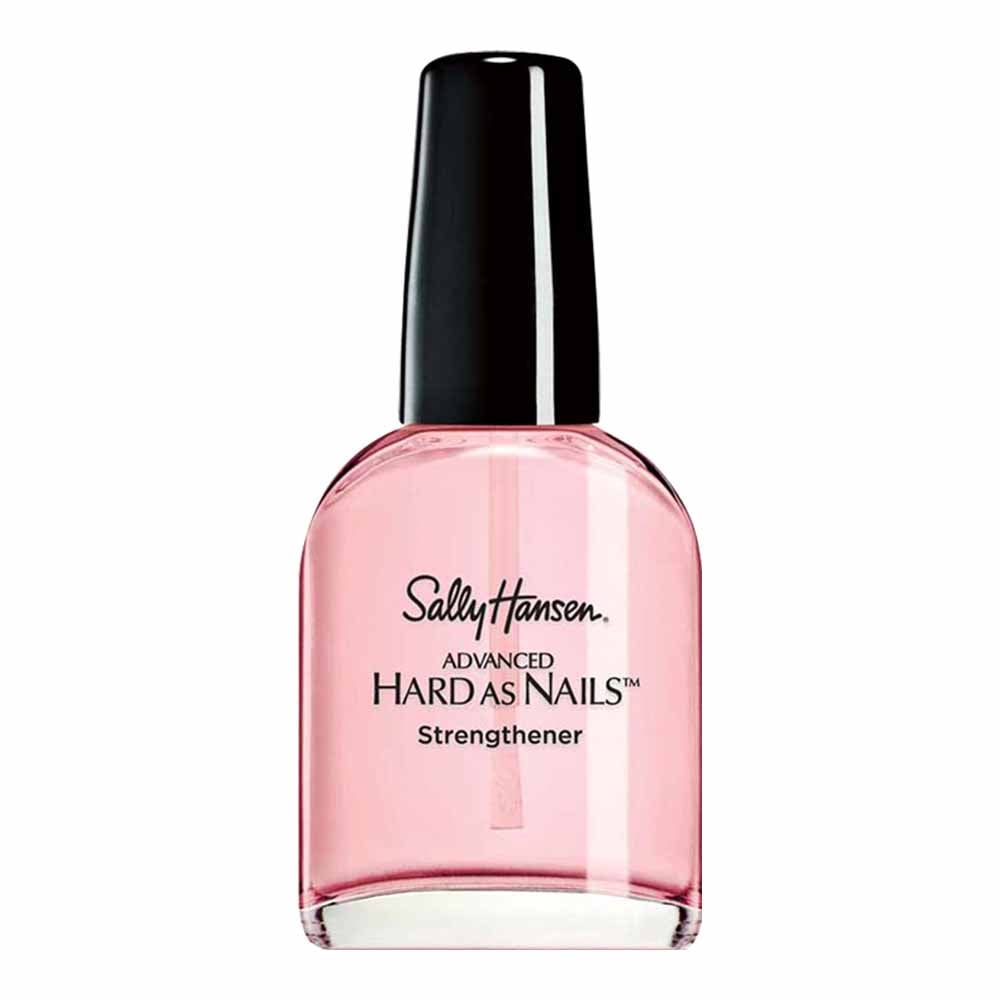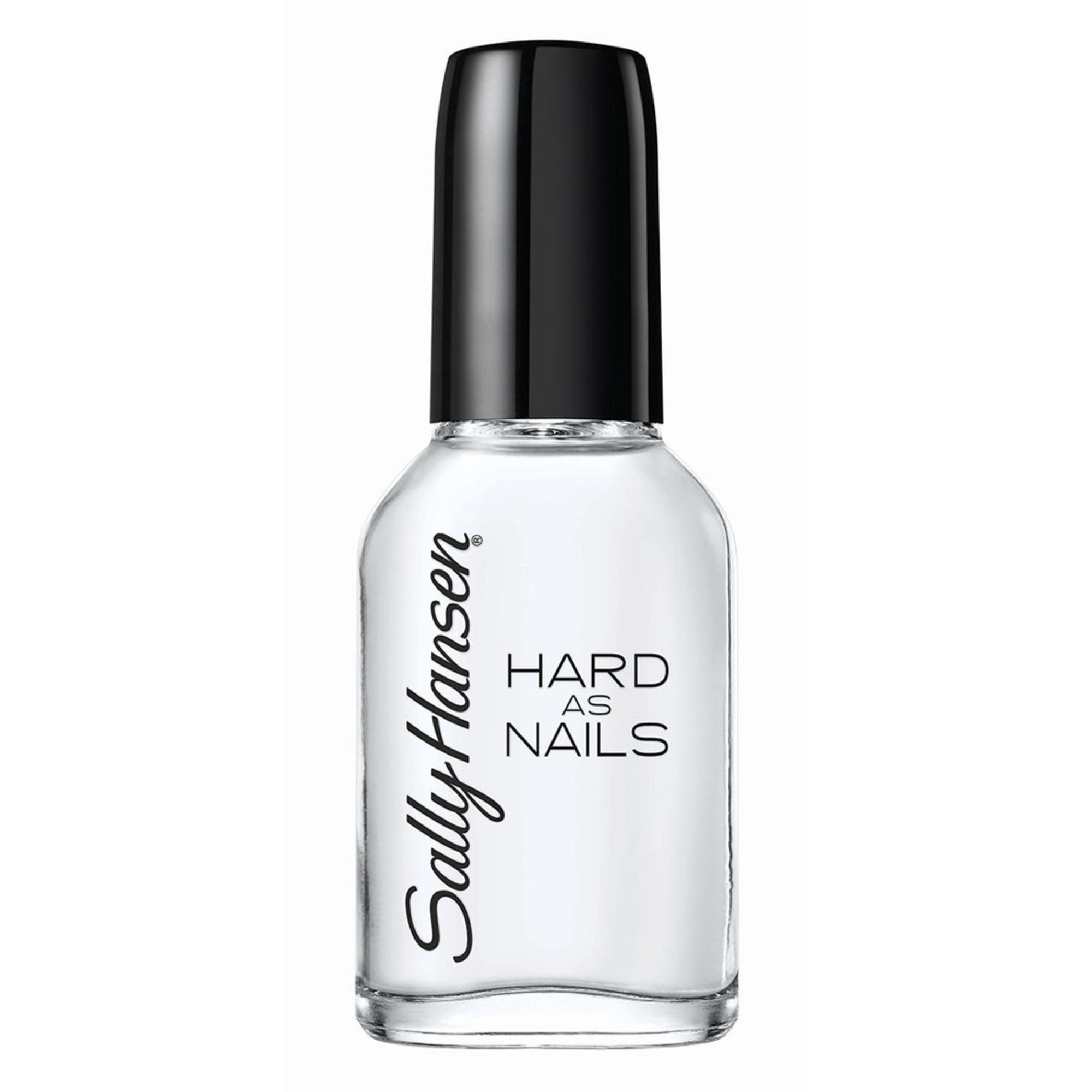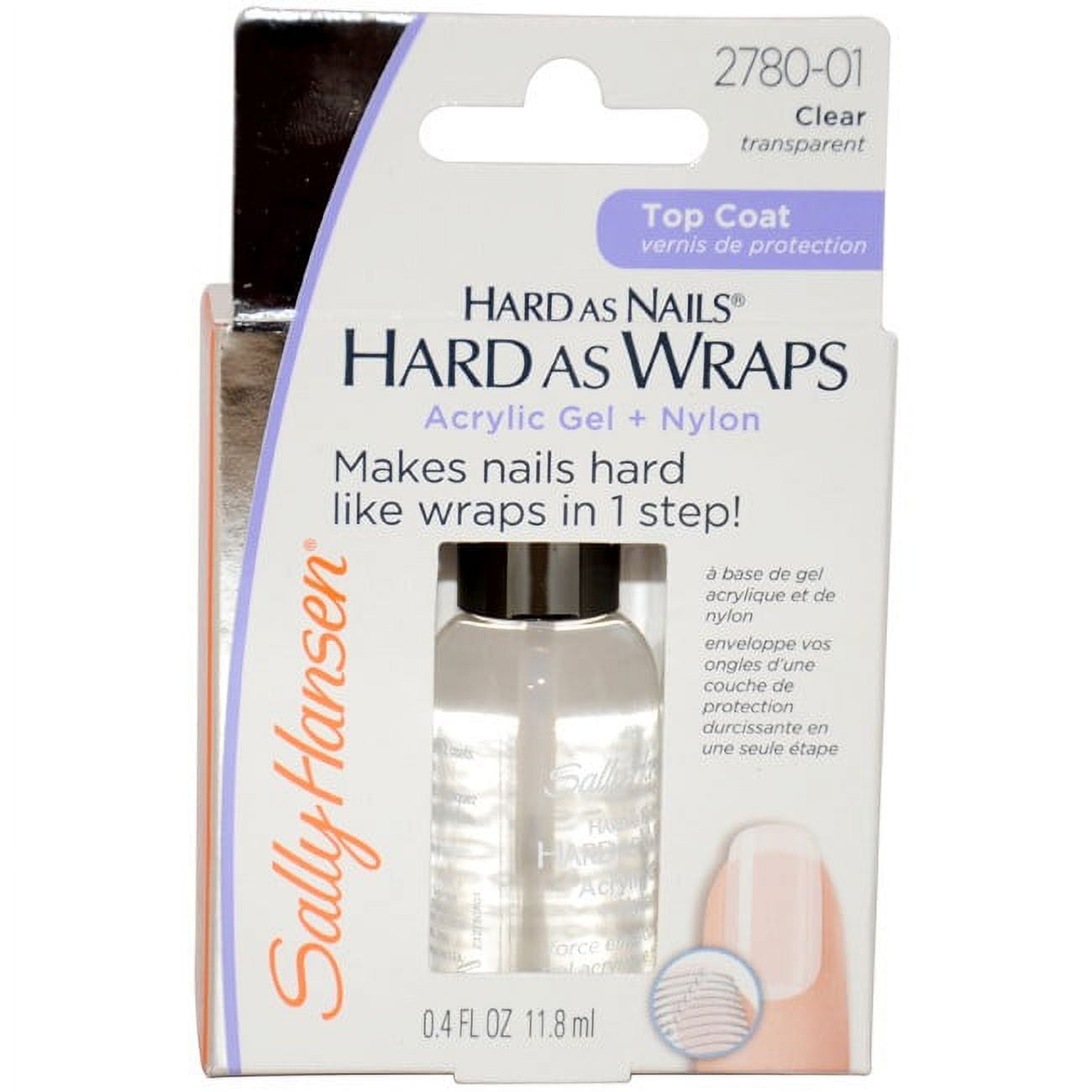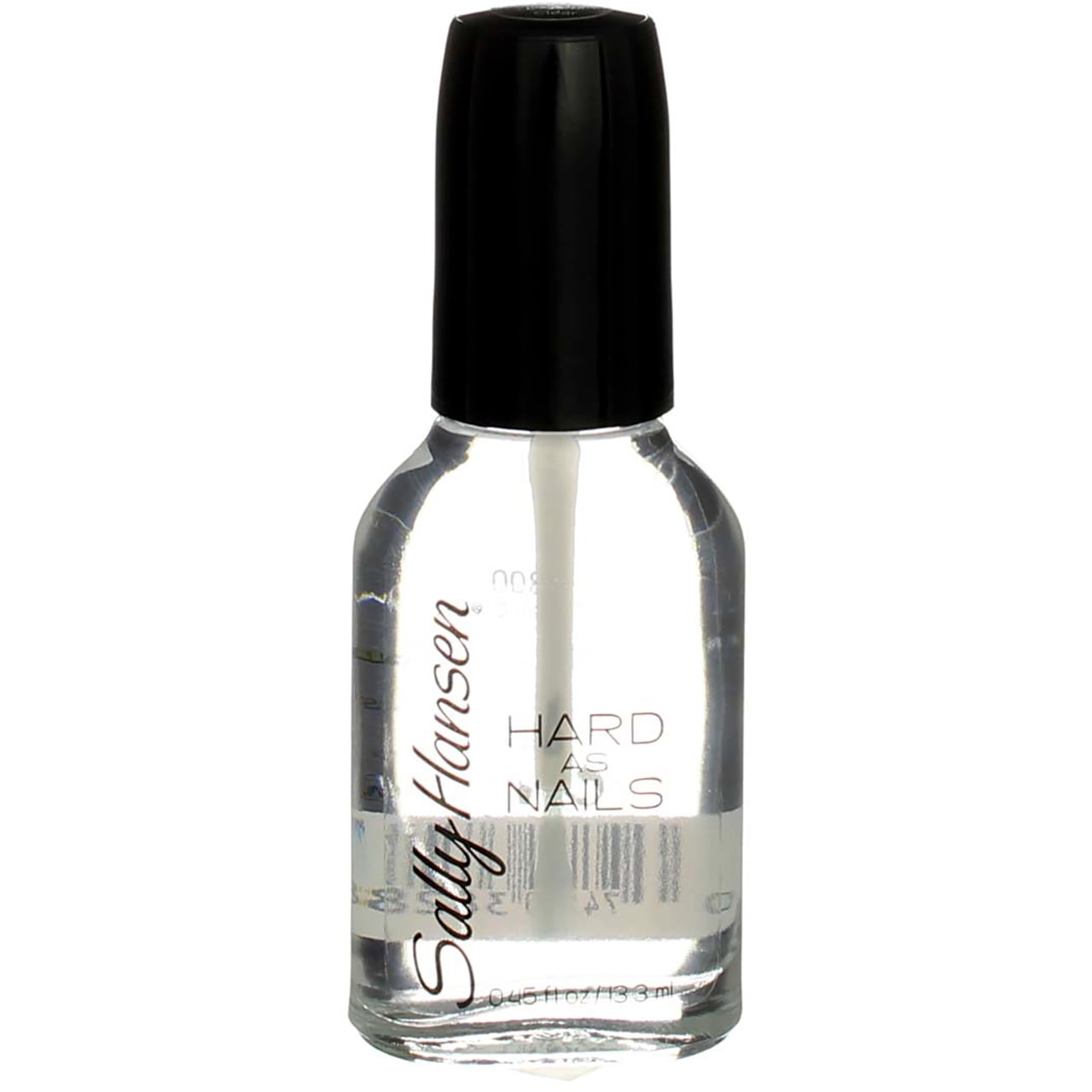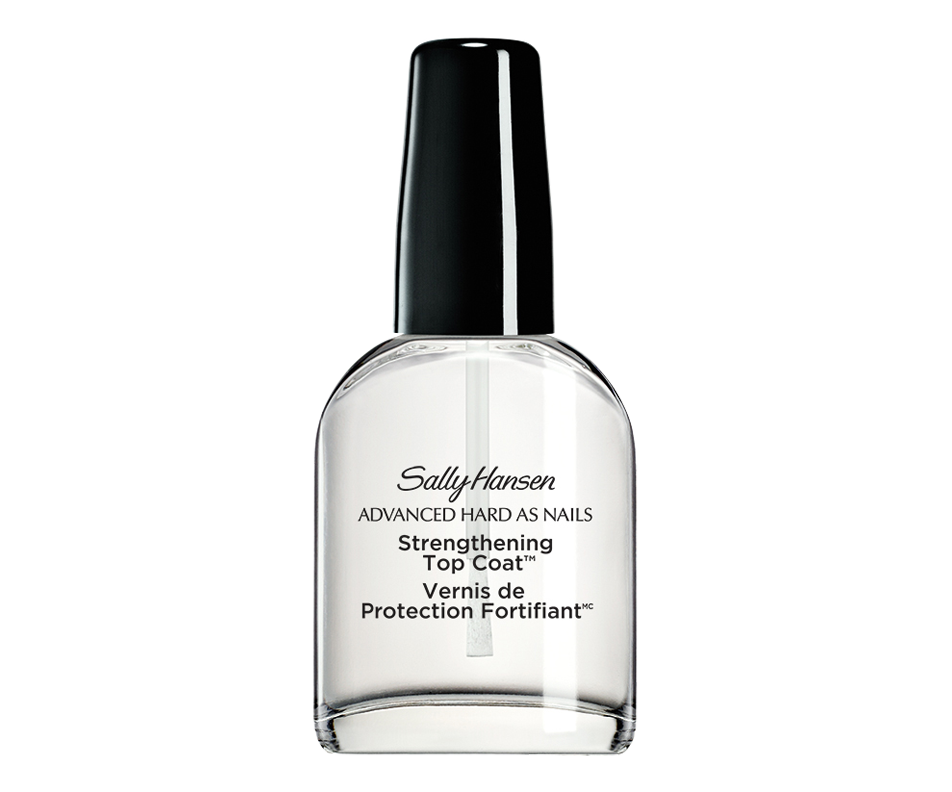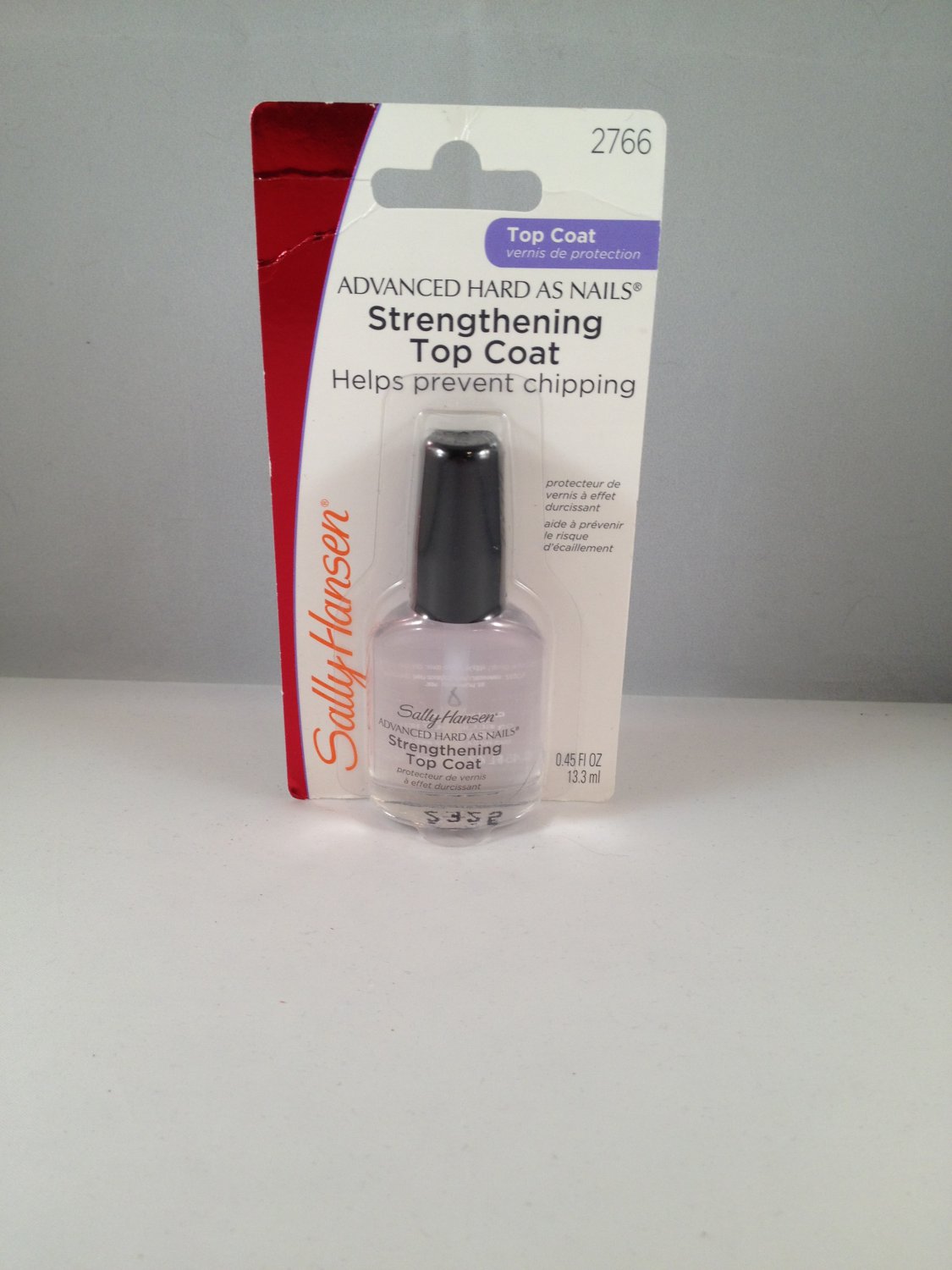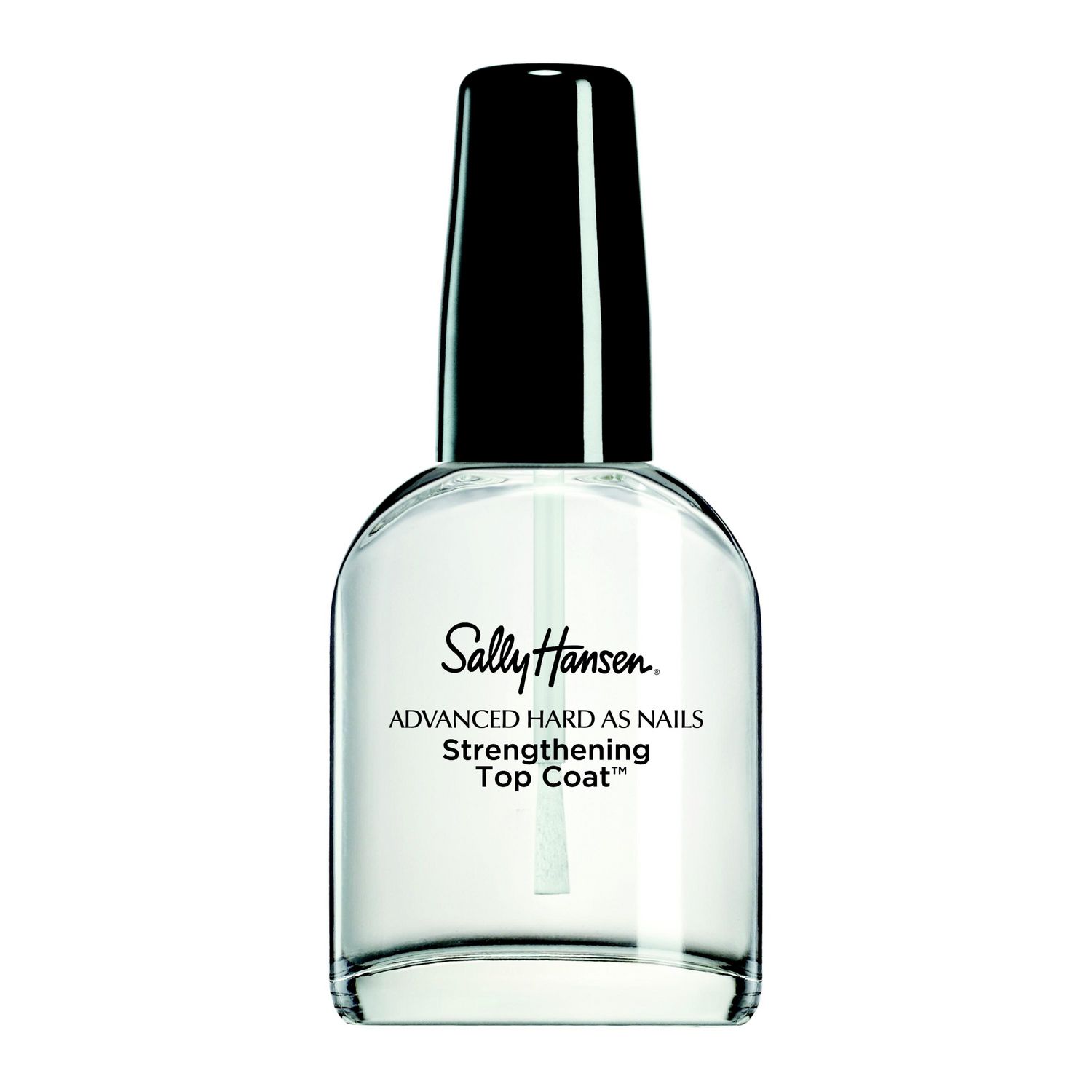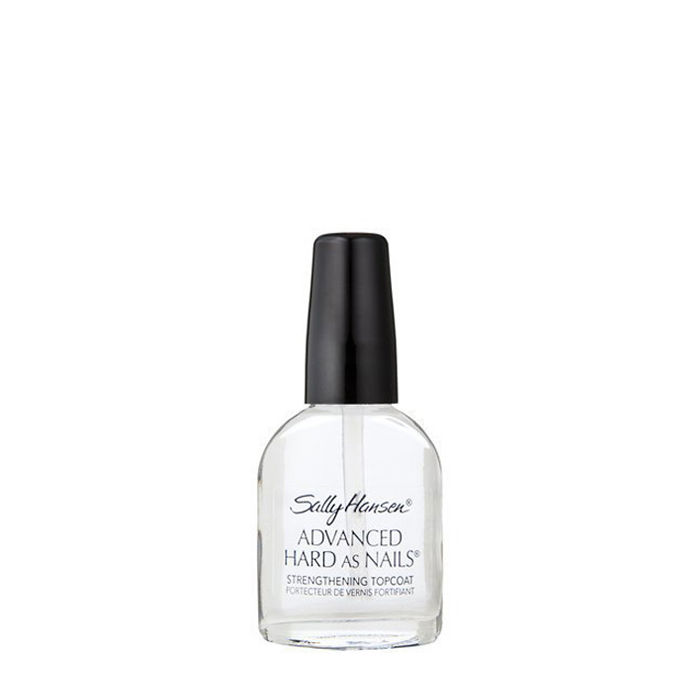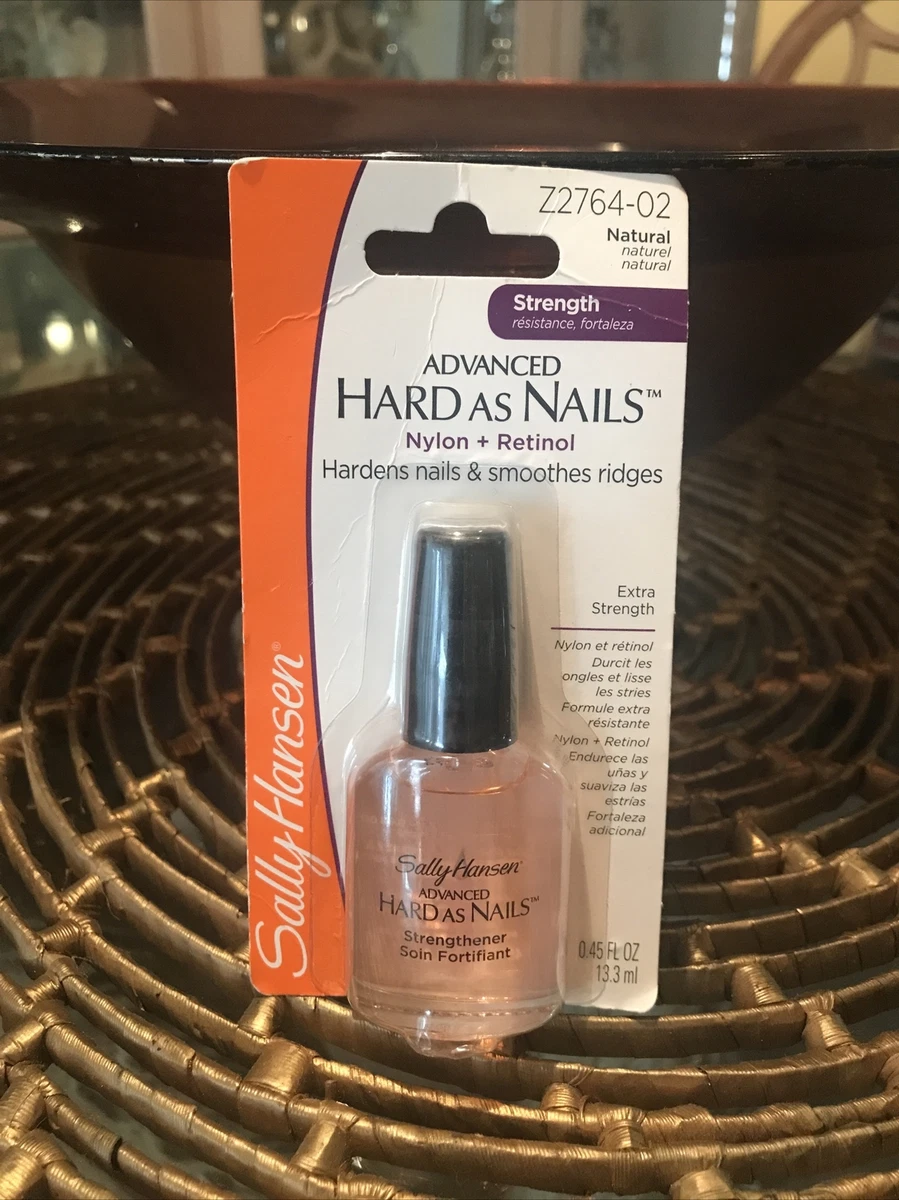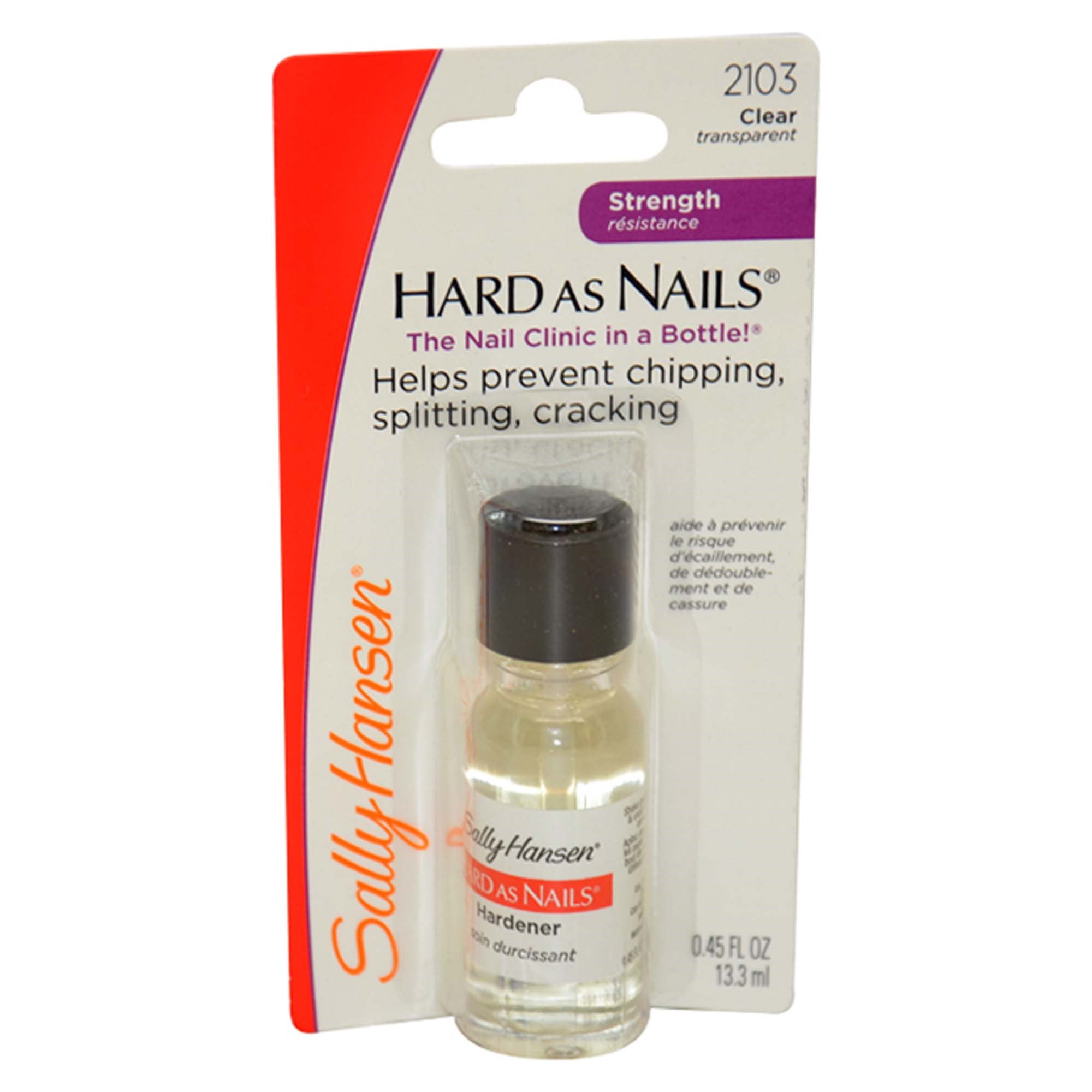Sally Hansen Hard As Nails Uv Top Coat

The beauty industry, often perceived as a realm of harmless self-expression, is facing renewed scrutiny. Recent concerns have surfaced surrounding the safety of UV-cured nail products, specifically the popular Sally Hansen Hard As Nails UV Top Coat. These concerns range from potential skin damage to more serious health implications, prompting consumer advocacy groups and dermatologists to issue cautions.
At the heart of this debate is the UV lamp used to cure these top coats, the potential harm from exposure to ultraviolet radiation, and the lack of clear long-term studies evaluating the safety of frequent use. This article will delve into the science behind UV-cured nail products, explore the risks associated with their use, examine Sally Hansen's response, and consider the future of this rapidly evolving segment of the beauty market.
Understanding UV-Cured Nail Products
UV-cured nail products, like the Sally Hansen Hard As Nails UV Top Coat, have gained immense popularity for their durability and high-gloss finish. These products contain specific chemicals called photoinitiators. When exposed to UV light, these photoinitiators trigger a chemical reaction, causing the polish to harden into a durable, chip-resistant layer.
The Science of UV Curing
The UV lamps used in this process emit UVA radiation, a form of electromagnetic radiation present in sunlight. Dermatologists have long warned about the dangers of excessive UVA exposure, linking it to premature aging, skin damage, and an increased risk of skin cancer.
The key concern is the cumulative effect of repeated UVA exposure over time, even if each individual exposure is brief. This is because UVA penetrates deeper into the skin than UVB, damaging collagen and elastin fibers.
The Risks of UV Exposure
While the exposure time during a single nail treatment is relatively short, the frequency of treatments and the proximity of the hands to the UV lamp are factors that heighten the risk. Some studies suggest that the risk is increased when the hands are exposed to UV lamps, especially those that are old, and emit higher levels of radiation.
These factors, coupled with a lack of comprehensive long-term studies, have triggered concern within the scientific community.
Sally Hansen's Response and Product Information
Sally Hansen, a prominent player in the nail care industry, acknowledges the importance of consumer safety. The brand states that its UV Top Coat products undergo rigorous testing to ensure they meet safety standards. "Consumer safety is our top priority," the company stated in a press release.
The official Sally Hansen website provides product information, including application instructions. However, it does not explicitly mention the potential risks associated with UV exposure. Dermatologists advise consumers to apply a broad-spectrum sunscreen to their hands before UV exposure, regardless of product claims.
Dermatologist Perspectives and Recommendations
Dermatologists generally advise caution when using UV-cured nail products. Dr. Emily Carter, a board-certified dermatologist at the Dermatology Clinic, recommends using fingerless gloves. These gloves only expose the nails during the curing process, minimizing skin exposure.
Dr. Carter adds: "If you frequently get gel manicures or use UV top coats, consider alternative nail treatments. Alternatively, applying a broad-spectrum, water-resistant sunscreen with an SPF of 30 or higher is necessary to exposed skin 20 minutes before UV exposure. This practice mitigates the harm of UV-cured nail products."
The Future of UV-Cured Nail Products
The debate surrounding UV-cured nail products highlights the need for increased regulation and more comprehensive research. Consumer advocacy groups are calling for stricter guidelines on UV lamp output and mandatory warning labels on products. These products require additional safety measures that protect consumers from dangerous radiation.
Furthermore, many in the beauty industry are actively researching alternative curing methods that do not involve UV radiation. LED lamps, which emit a narrower spectrum of light, are being explored as a potentially safer alternative. Ultimately, a combination of regulatory oversight, scientific research, and consumer awareness will be crucial in ensuring the safety of UV-cured nail products in the future.

